Patricia Gadea | Patricia’s War
Patricia Gadea was born in Madrid in 1960 and studied at the Faculty of Fine Art (UCM) before showing her work in the early eighties. She has generally been placed within Madrid’s New Figurativism movement, or linked to painters from the cultural movement known as the Movida madrileña although her work is extraordinarily singular and unique, and has continued to evolve through time.
As a starting point, the artist used everyday images from popular culture, advertising, and especially comic books, focusing on the characters and distinctive aesthetics of the publisher Bruguera in particular. What could have initially been taken to be a strategy specific to Pop Art in her case turned into something authentically Spanish and vernacular as a result of the choice of visual icons which any viewer could recognise as representative of Spain during the end of Franco’s dictatorship. This allowed her to develop a sharp and scathing critique of the world around her. Without a doubt, the fundamental element in her painting lies in the irony impregnating it, which she drew upon to question and criticise the circumstances of the society she lived in.
Through these sources, she created genuine visual collages where both visual and cultural references, but also painterly ones, intertwine. In general, she started off with an abstract background that bordered on the material, over which she developed frenzied relationships between drawing, painting, text, characters, gesture and line, television and press. These combinations are of an almost wild irreverence, as Gadea seemed to neither fear nor sacralise anything or anyone.
In the mid eighties, she moved to New York, where she founded the Estrujenbank collective towards the end of the decade together with her husband Juan Ugalde, also a painter, and the poet Dionisio Cañas. During those years, her work ceased to be of an individual character in order to commit to the collective, and branched out into the world of writing.
In the last years, after her return to Spain, her work became more intimate somehow, of a smaller scale and format, with an abundance of drawing and watercolour, and with the subject of woman and the feminine becoming increasingly central and evident within it.
Patricia Gadea died in Palencia in April of 2006.

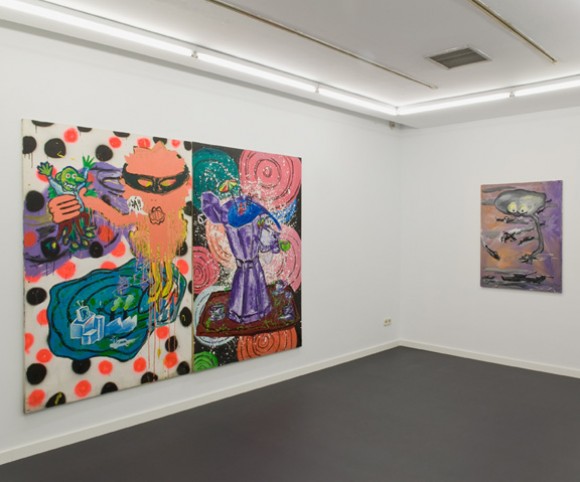
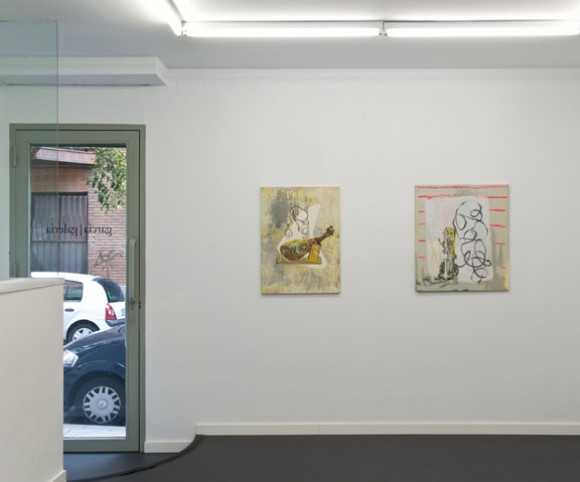
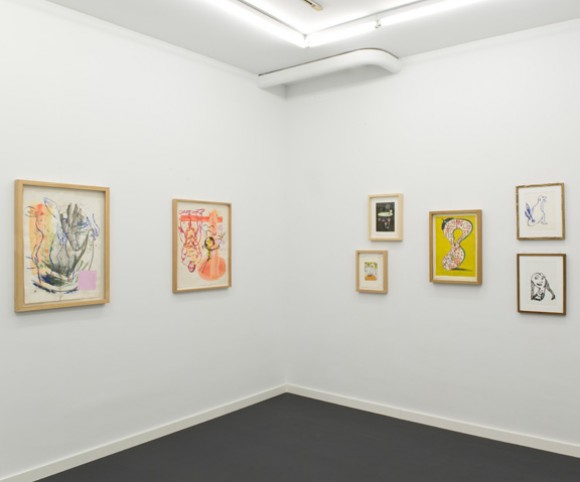
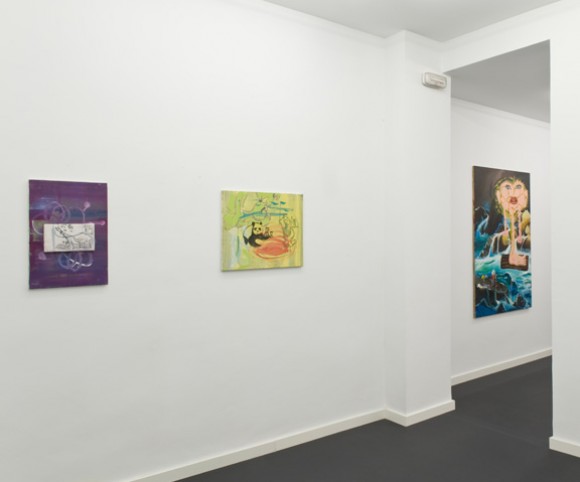
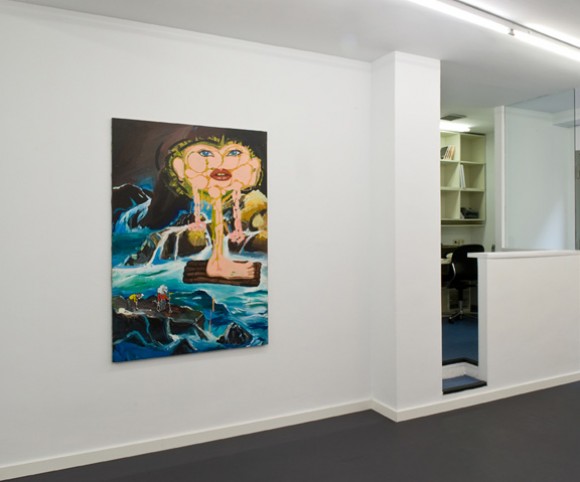
 sending...
sending...